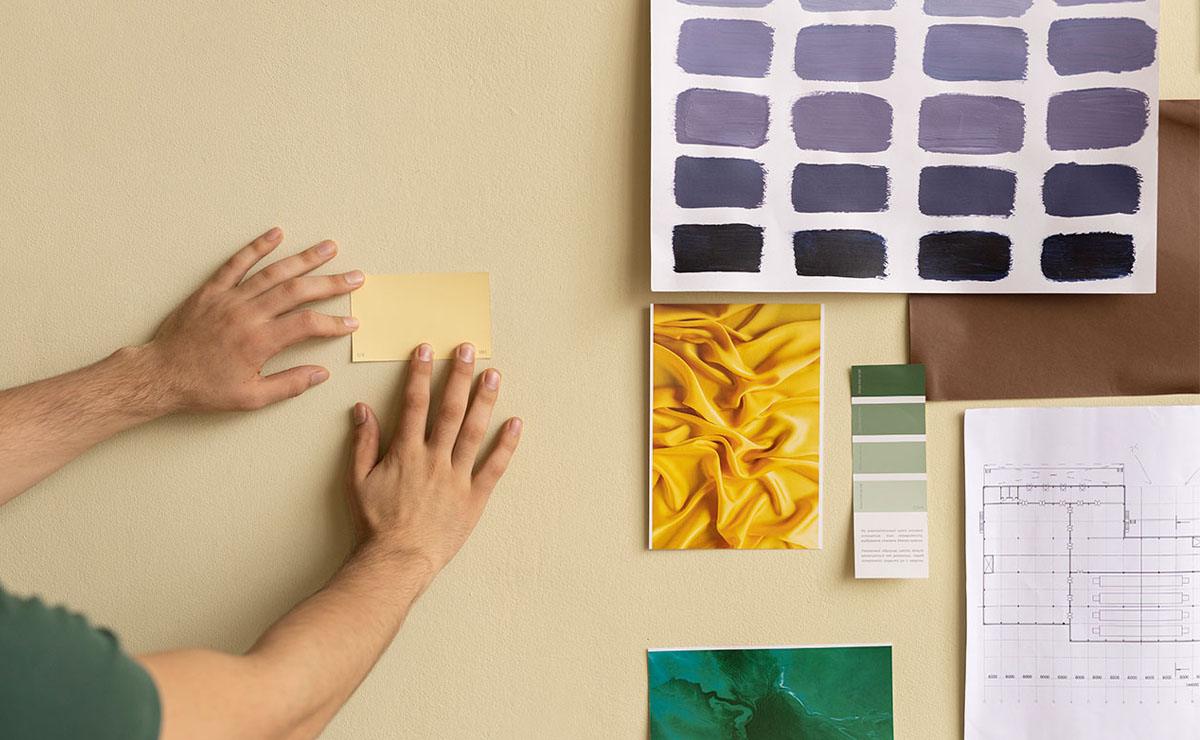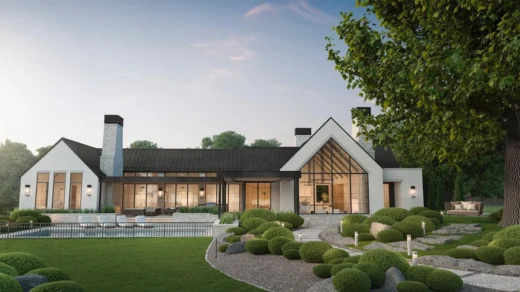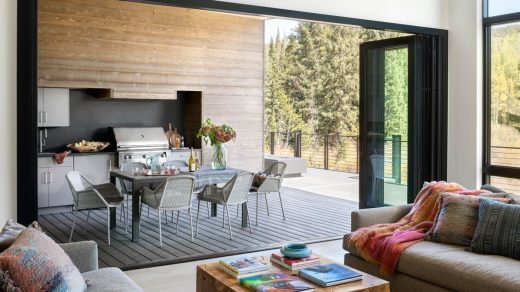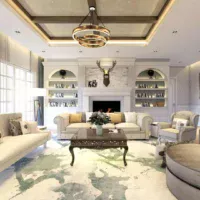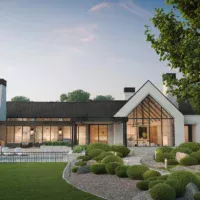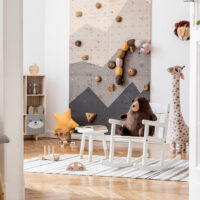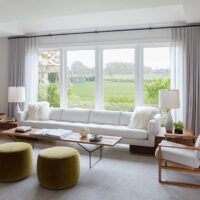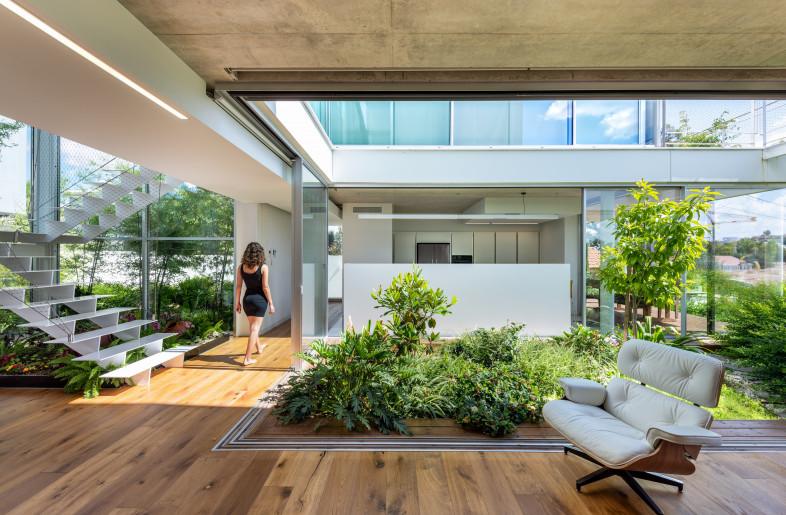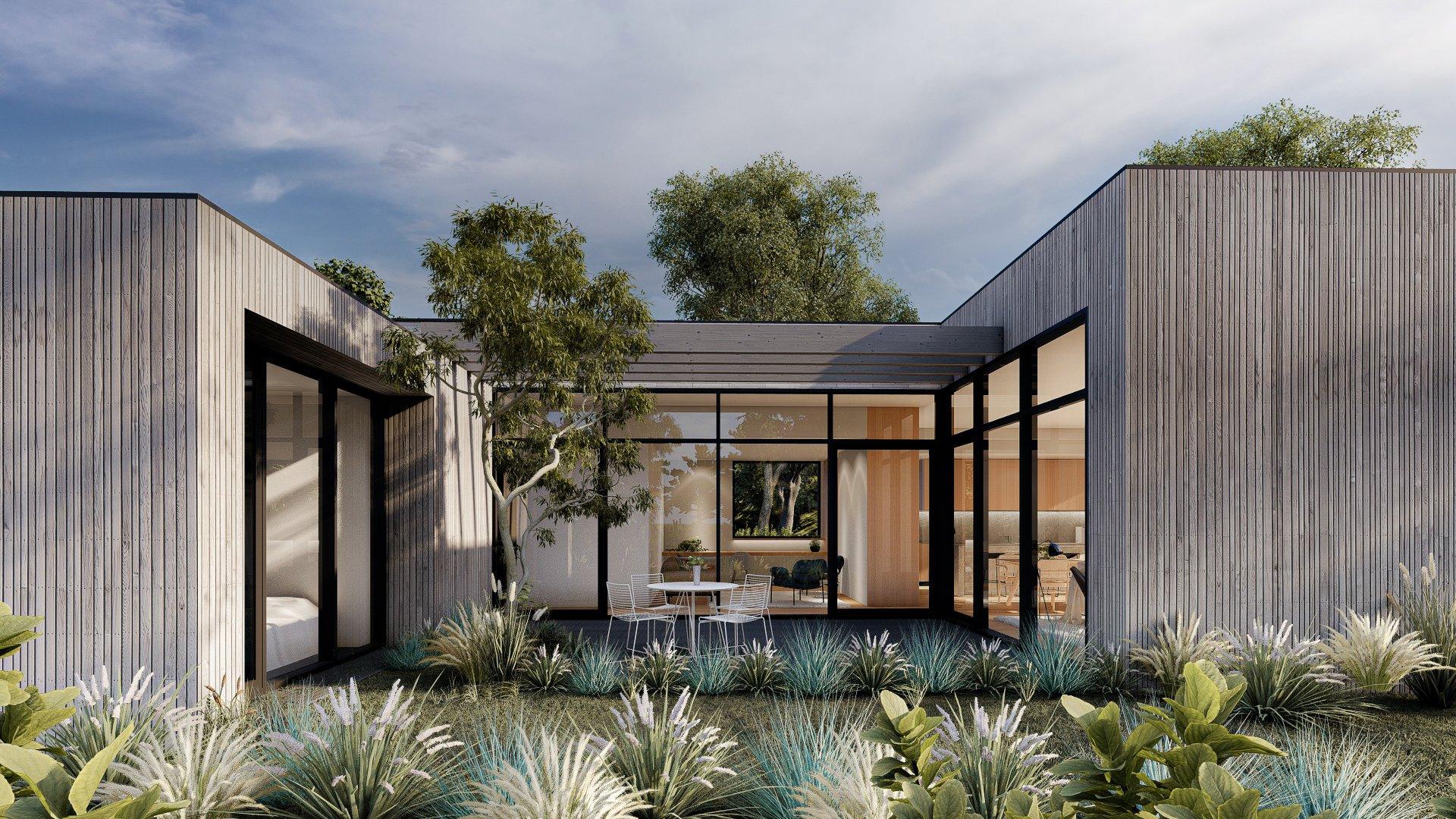When you think of Victorian design, you might picture heavy velvet, dark wood, and excessive ornamentation. While that’s part of the history, the true secret weapon of this era was its dedication to symmetry and balance.
In the 19th century, a perfectly symmetrical room wasn’t just aesthetic; it was a visible sign of order, refinement, and social standing. Today, we can ditch the fussy wallpaper and heavy drapes, but embrace this core principle of balanced design to create modern spaces that feel calm, sophisticated, and instantly harmonious.
Here is your friendly guide to introducing Victorian symmetry into your contemporary home.
1. Establish a Strong Focal Point
The first step in achieving Victorian symmetry is to define the center of your design. The Victorians almost always used the fireplace and mantelpiece as the room’s undisputed anchor. Everything else radiated outwards from this central point.
How to Apply It:
- The Modern Fireplace: Even if you don’t have a working fireplace, you can create a strong anchor using a large piece of furniture (like a console table) or a built-in media center.
- The Statement Mirror: Hang a bold, oversized mirror or piece of art directly above the center of your anchor. This acts as the visual midpoint that grounds the entire wall.
- The Rug: Place a large area rug centered on the room’s main anchor to define the seating area and further emphasize the room’s central axis.
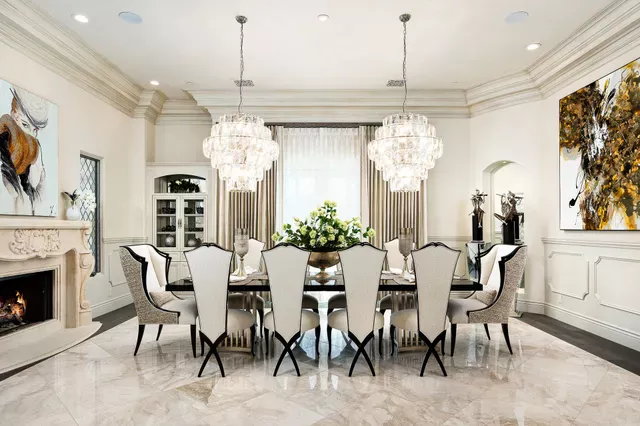
Victorian Symmetry for Modern Homes: A Guide to Timeless Design
2. Embrace the Power of Pairing
Symmetry is often defined by the principle of “two of a kind.” When you look at classic Victorian rooms, you rarely see a single item flanking the focal point; you see perfectly matched pairs. This is the easiest and most impactful way to bring this style into a modern setting.
How to Apply It:
- Flanking Furniture: Always use two matching sofas or armchairs placed facing each other, or a matched pair of chairs flanking the fireplace. In a bedroom, this means two identical nightstands and two identical lamps.
- Paired Decor: On your mantel or console table, use matched objects. Think two candlesticks, two small vases, or two identical potted plants placed equal distance from the center.
- Lighting: Use matching sconces to flank a mirror, piece of art, or doorway. The subtle glow from the paired lights instantly creates a formal, balanced look.
3. Think Vertically with Architectural Elements
Victorian designers loved vertical height. Their architecture emphasized tall windows, high ceilings, and commanding entryways, which added to the formal sense of order. You can use trim and millwork to mimic this effect without a major renovation.
How to Apply It:
- Elevate Your Windows: Use floor-to-ceiling drapes (even sheer, modern ones) and install the curtain rod a few inches higher than the window frame. This tricks the eye into seeing a taller, more symmetrical window opening.
- Wainscoting and Moulding: Apply modern, simple wainscoting (wall paneling) to the bottom third of your walls. This creates visual weight and structure, while a crisp, thick crown moulding draws the eye up, defining the room’s edges with clean symmetry.
- Archways: If you are renovating, consider a modern, clean archway for interior passages. Arches are inherently symmetrical and serve as a beautiful frame for the next room’s focal point.
4. Master the Balanced Gallery Wall
While a perfect grid of artwork is the ultimate in visual order, modern homes often lean towards more eclectic gallery walls. You can still achieve a sense of Victorian balance by shifting your focus from exact mirroring to visual weight.
How to Apply It:
- The Pyramid: On a single wall, place your largest, most dominant piece of art in the center, and arrange smaller pieces outwards and downwards, creating a symmetrical pyramid or triangle shape.
- Color Balance: If you are using mismatched frames or styles, ensure the colors and tones are evenly distributed. Don’t cluster all the dark, heavy art on one side and all the light, minimal art on the other.
- Negative Space: Leave an equal amount of empty (negative) space around your art clusters. A balanced use of negative space is just as important as the placement of the objects themselves.
By focusing on a strong center, paired objects, and structural balance, you can tap into the timeless elegance of Victorian design. You’ll create a home that feels both distinctly modern and wonderfully, peacefully ordered.

